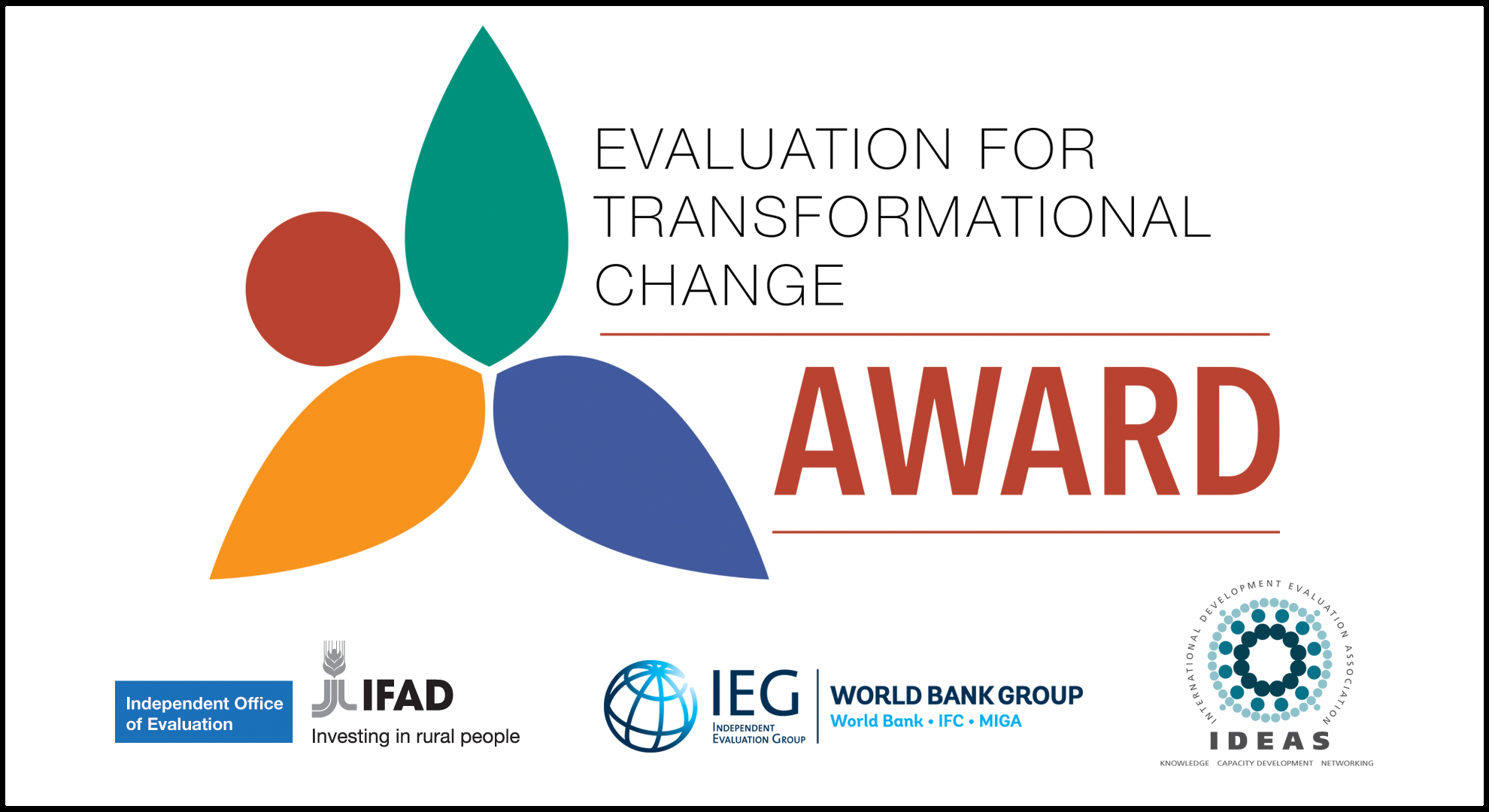Article authored by IOE on “Evaluating IFAD’s support to rural development in fragile states and situations” - IOE
An article authored by Oscar A. Garcia, Director of the Independent Office of Evaluation of IFAD (IOE); Ashwani K. Muthoo, IOE Deputy Director; and Fabrizio Felloni, IOE Lead Evaluation Officer on IFAD’s support to rural development in fragile states and situations was recently published in the March 2016 issue of “Evaluation Connections”, the newsletter of the European Evaluation Society about evaluation theory, research and practice.
The article focuses on the corporate-level evaluation on IFAD’s Engagement in Fragile and Conflict-affected States and Situations, released in May 2015, the objectives of which were to assess the performance of IFAD’s engagement in fragile states and identify factors that lie behind the Fund’s performance, generating a series of findings, lessons and recommendations to assist management and the Executive Board in deciding on strategic and operations directions for the future.
The evaluation, the authors stated, faced several constraints and challenges, such as the lack of a common international classification of fragile countries and situations and of a unified policy document dealing with fragility in IFAD. Moreover, conceptualizing and capturing the linkages between IFAD’s work and fragile states and situations was also a challenging task, something that the evaluators addressed by developing a schematic results chain and identifying key assumptions. Although such approach does not correspond to the development of a fully-fledged theory of change, the scheme was useful in making the tacit approaches to fragility explicit, thus structuring the lines of enquiry.
A mixed-methods approach was adopted to conduct the evaluation, which entailed the selection of ten countries (Bosnia and Herzegovina, Burundi, Democratic Republic of the Congo, Eritrea, Haiti, Liberia, Nepal, Philippines, Sudan, Tunisia) to develop perspectives from the field in all five IFAD geographic regions.
The findings of the evaluation can be read here.
See the article on page 12 of the Evaluation Connections article newsletter.

